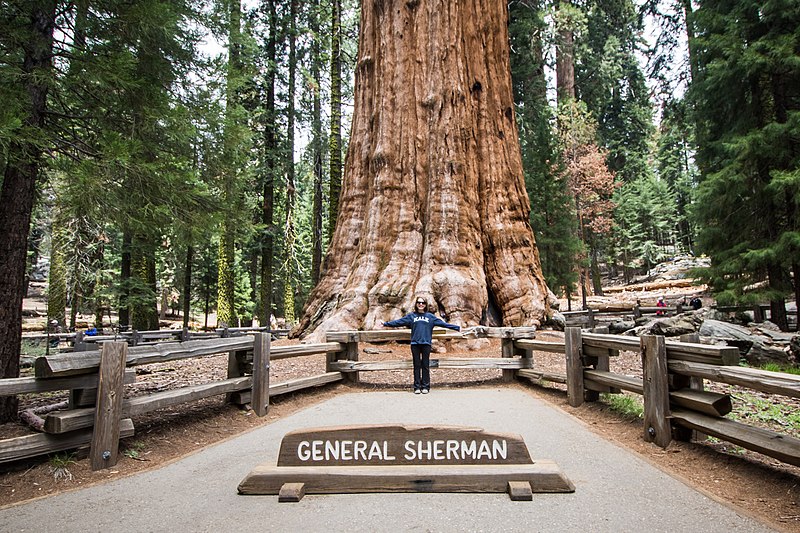The General Sherman tree, a colossal sequoia located in California’s Sequoia National Park, the largest tree on Earth by volume, is arguably the most revered tree in America. Up to a few days ago, it had never been climbed.
But on Tuesday researchers made their way to the top of General Sherman, to give the 2,200-year-old tree that stands 275 feet tall, a checkup.
“The General Sherman tree has never been climbed before because it is such a famous tree and there was no compelling need to climb it before now,” Anthony Ambrose, executive director of the Ancient Forest Society, told weather.com in an email Friday.
This monumental task was not undertaken lightly; climbing such a venerable and iconic tree required careful planning to ensure both the safety of the climbers and the preservation of the tree. The team of scientists embarked on this climb to investigate the presence of bark beetles, a growing threat to the sequoia population exacerbated by climate change and its associated impacts, such as more severe wildfires and droughts.
“The most significant threat to giant sequoias is climate-driven wildfires,” Ben Blom, director of stewardship and restoration at Save the Redwoods League, told The Associated Press. “But we certainly don’t want to be caught by surprise by a new threat, which is why we’re studying these beetles now,” he added.
Fortunately, the news from the top was positive; the General Sherman tree appears to be in good health, successfully warding off any potential beetle infestations. This climb represents not only a significant scientific achievement but also a poignant reminder of the resilience of nature and the importance of proactive conservation efforts to protect these majestic giants for future generations.
The tree was named after the American Civil War general William Tecumseh Sherman; it has a storied history that reflects both the reverence and the controversies of the times—a living witness of history, both of people and nature. It has survived natural disasters, and continues to thrive, a silent guardian of the forest, reminding us of the enduring legacy of the Earth’s ancient inhabitants.
Climbing it must be exhilarating—all the more so if it contributes to maintaining its health for the foreseeable future. “The General Sherman tree is doing fine right now,” Ambrose told the AP immediately after the climb. “It seems to be a very healthy tree that’s able to fend off any beetle attack.”












